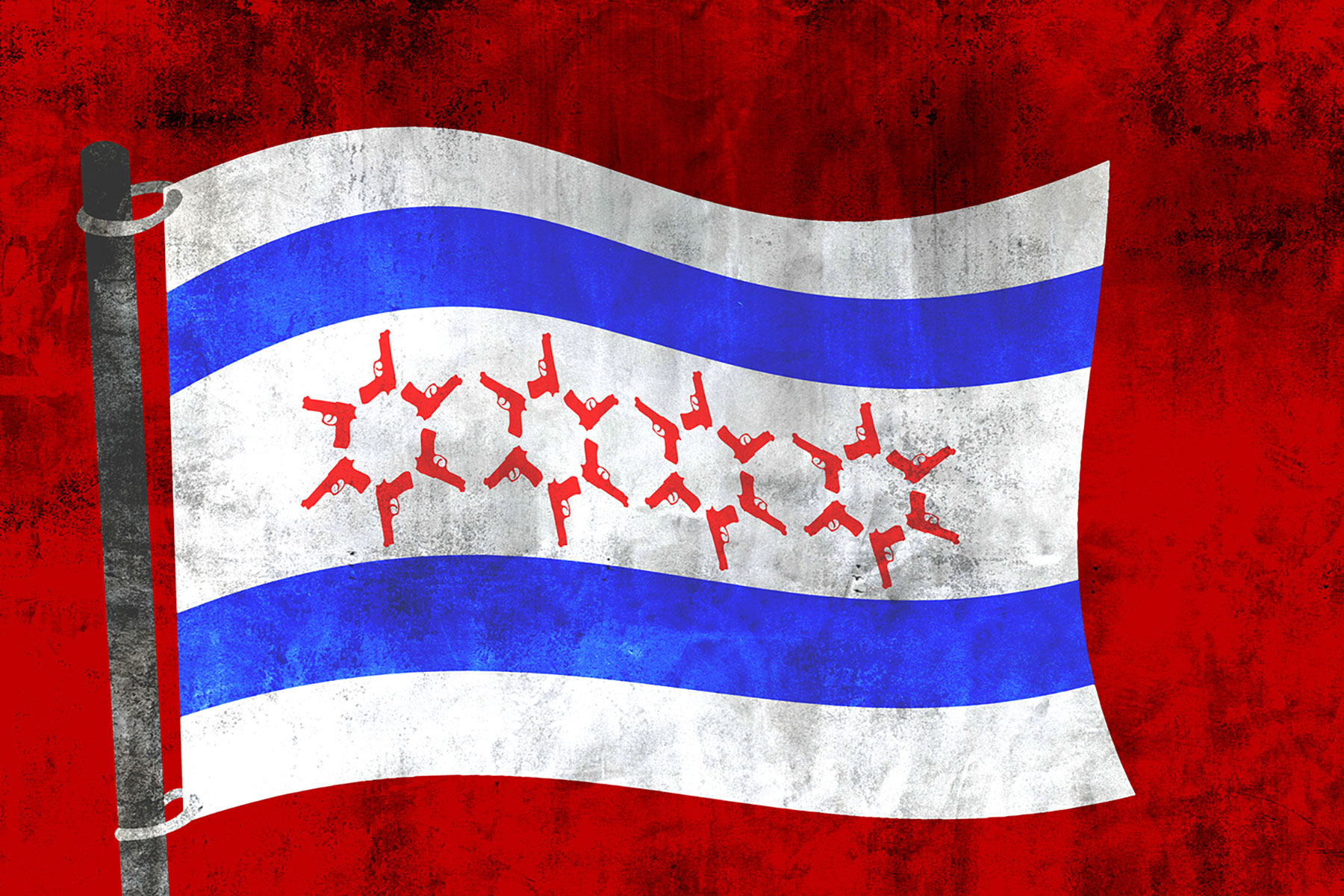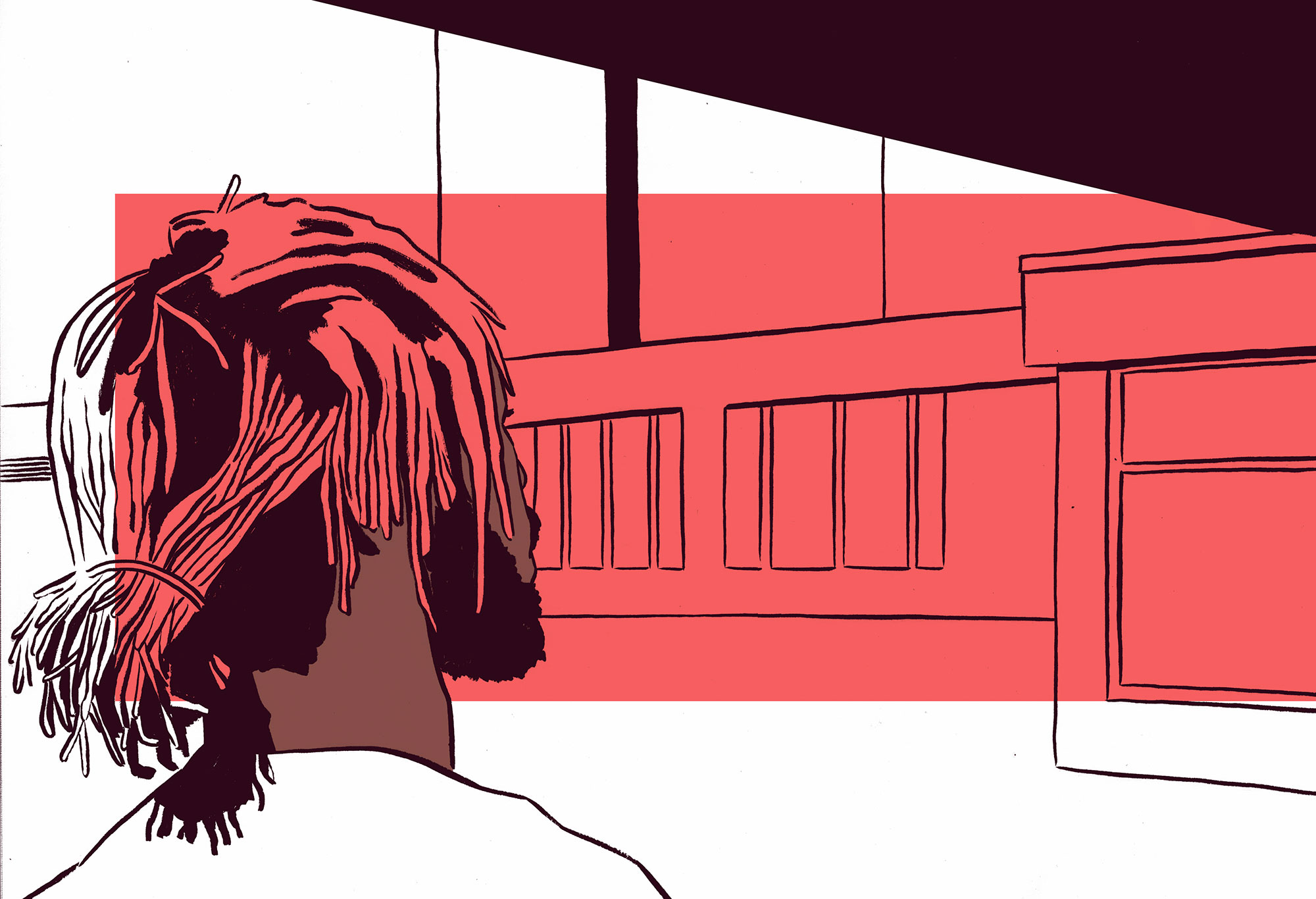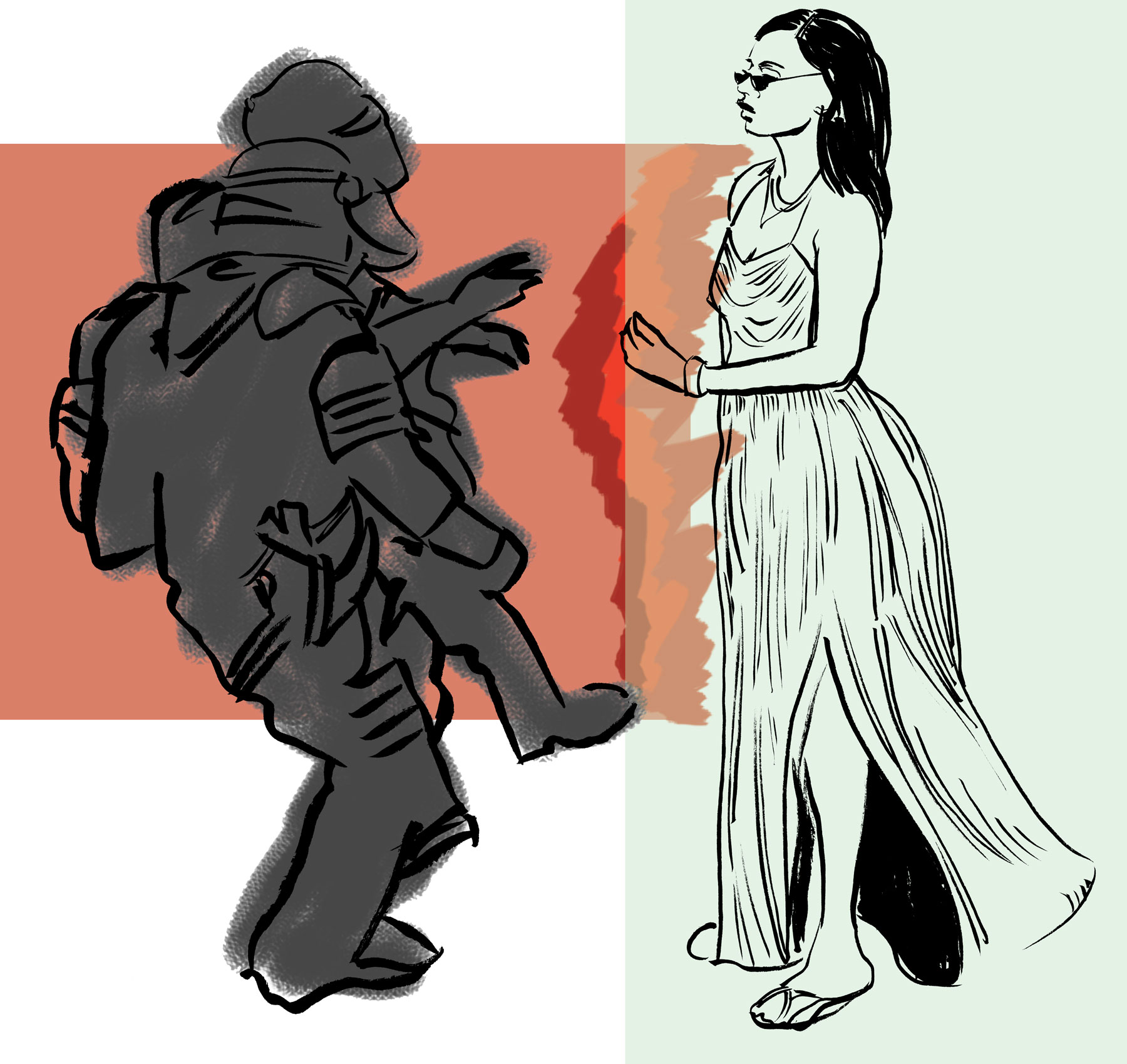
In Chicago, someone is shot approximately every three hours; since the start of 2016, there have been 2,026 shooting victims.
The entire nation is turning its eyes to Chicago, watching as the number of citizens affected by gun violence continues to climb higher. The story the media often provides is one of statistics, stereotyping, and unanswered questions. The truth is, of course, that nothing happens by accident; for every incident there is a cause.
While many of Chicago’s murder cases go unsolved and the acts of violence that plague the city are senseless, there are overarching causes that ought to be addressed. People are angry; they are pigeonholed; they are being deprived of basic human resources. Gun violence is the product of these underlying issues.
According to The New York Times, the majority of the city’s violence is occurring in “poor, extremely segregated neighborhoods on the South and West Sides.” These are the same neighborhoods that are in food deserts, lack job opportunities, and have long been neglected by the city. All of these factors lead to the promotion and sustainment of poverty. To attempt to solve the issue of gun violence in Chicago without first addressing the issue of poverty on the South and West sides is like trying to stop a gun wound with a Band-Aid — senseless and without result — the real problem is being ignored and covered up.
However, so far there have been no clear efforts made by Rahm Emanuel, Chicago’s mayor, or the local government to begin rebuilding these communities. It appears that the opposite is actually true, as Emmanuel closed 50 schools on Chicago’s South and West Sides since 2013. Of these schools, 88 percent of the students affected were black.
“The less stability you have in poor black communities, the more violence you will have,” said Criminologist John Hagedorn, who is a professor of Criminal Justice at the University of Illinois at Chicago. “Investing in black communities needs to be a priority of jobs, services and opportunities. […] There needs to be investing, not insulting,” he added.
Currently, many people in impoverished neighborhoods in Chicago are hoping only to survive.
Schools on the South and West Sides have not been properly funded; teachers lack the resources to provide students with not only knowledge but also motivation to learn. If young people are not attending school, they will find other things to occupy their time. Unfortunately, many young people in Chicago fall victim to activity that leads to incarceration, which makes it much harder to acquire a job once released.
It bears mentioning that the disproportionately high rate at which African Americans are arrested and convicted of crime is at least in part a result of overarching racial biases. Police stop African Americans at a much higher rate than they do whites. Although African Americans make up only 13 percent of the population and 14 percent of drug users, they are 56 percent of the people in state jails for drug offenses.
Shunae Drake, a current student at the School of the Art Institute of Chicago (SAIC), commented, “Violence in Chicago should be addressed through means of education and alternative efforts. Pushing against something only makes it bigger, hence why peace rallies are effective and wars against drugs only breeds the same. My answer in short is flooding the environment with positivity and showing people that they’re supported and have options.”
If people see no hope for a better future — if there is a lack of opportunity — they will do what they must to survive. This issue needs to be addressed at the root. Instead of closing schools down in impoverished neighborhoods and forcing children to travel outside of their communities, the city of Chicago should be funding them more and assisting them in providing the best education for their students.
Grocery stores with fresh and affordable food should be placed in neighborhoods on the South and West Sides. Job opportunities need to be provided for citizens in these communities regardless of previous encounters with the criminal justice system.
People need to be given concrete reasons to have hope and the ability to thrive in the city of Chicago no matter what side they reside in.







